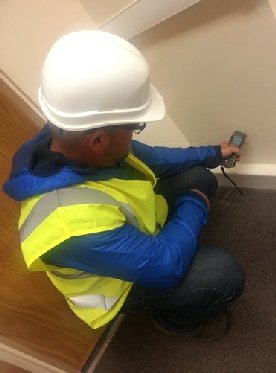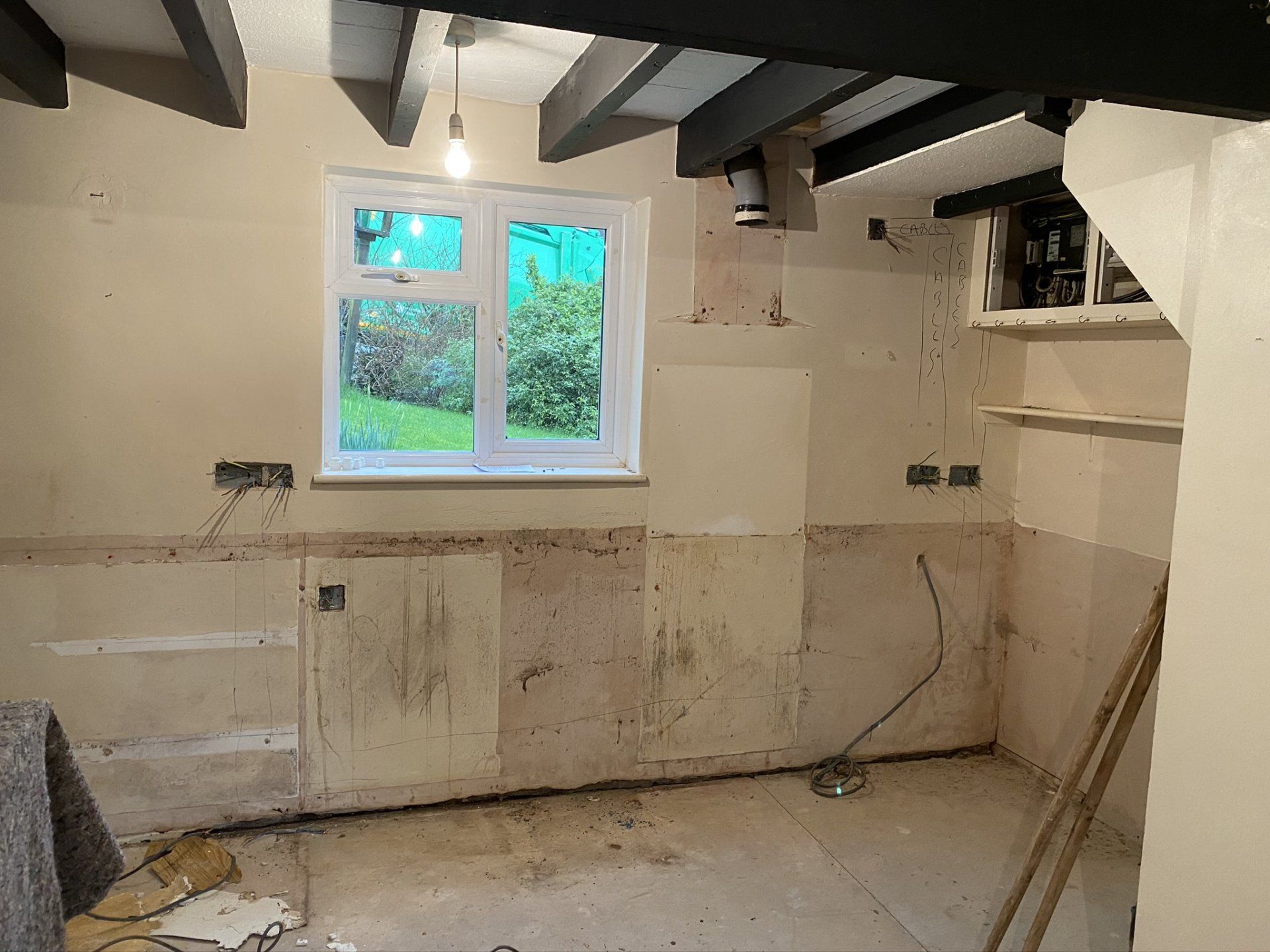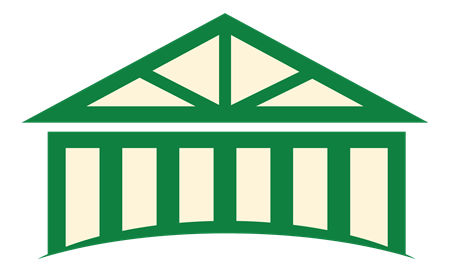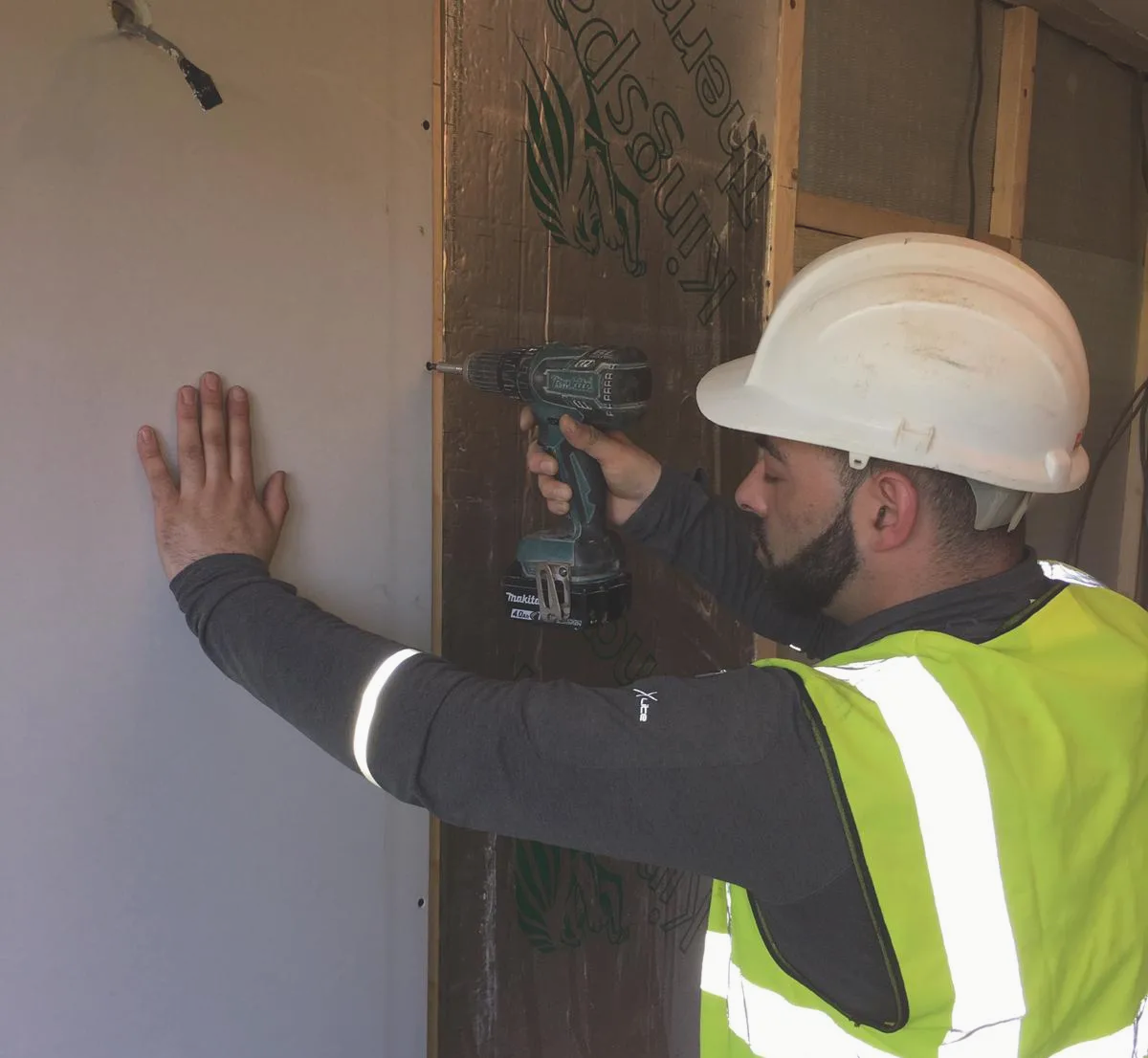Penetrating Damp
Penetrating Damp Herefordshire
Penetrating damp tends to be a big problem that occurs in many buildings across the globe and can be seriously annoying to many home owners, if they've not the money to fix it, it can really cause a big problem with a building if left untreated. Here at Wye Valley Heritage we offer a resonable service to fix your problem. The main cause of damp is usually down to poor maintenance and will affect buildings that have an overflowing pipe. Lets take a look at how you can spot damp and why it actually occurs.
The first sign of penetrating damp is normall a rather horrible smell; like a stale smell caused by trapped air, also it can be caused by poor ventilation in your home, that tends to be a another massive clue. Next you may find an actual damp patch somewhere or even some mould. These usually appear after there has been some form of water leakage or water penetration. You will need to have to look yourself for the culprit at the locations of the patches or the mould. Always remember to take care of leaking or missing drainpipes as this can then lead to water soaking all the way through the wall.
Dampness that appears on or from a chimney breast is most likely been caused by falling damp. Rainwater often will fall down the chimney and filter into the walls below-having your chimney capped may be the way to solve this problem. Another cause of damp tends to occur in homes that are pre-WW2; these houses were often made from lime and modern renders that may have been placed on top of the lime may be trapping moisture into the walls of your home. A crescent shape of damp that appears on two external walls may just be active condensation. But getting it looked at by us will help to keep your mind at rest. We are always here to help.
Condensation can occur for many reasons; the design and layout of a building can be a factor that can affect penetrating damp. Salt clusters can appear on bricks and are due to water leaks in a building, there are salts that appear naturally in the ground and natural salts that can be found in natural brick.
If you find yourself worried about penetrating damp then it is a good idea to contact us here at Wye Valley Heritage and we will be able to advise you on the call to action. There are also rendering companies that specialise in protecting buildings from damp and can ensure that your home is protected for years to come. However do not be fooled by companies that are trying to take your money and approach you, seek out a quality company yourself. They will then assess your building and find out where the damp problem is coming from. Investing in your home for the future will ensure that your home will be structurally sound for years to come.
.


All our damp proofing work is guaranteed and certified, so please get in touch if you require more information about damp or would like a free consultation.
Wye Valley Heritage – Your one call property care!
Wye Valley Heritage Ltd
Building, Renovation & Damp Proofing Specialists
Mobile: 07713 279819
Email: lyndon@wyevalleyheritage.co.uk
All Rights Reserved | Wye Valley Heritage

